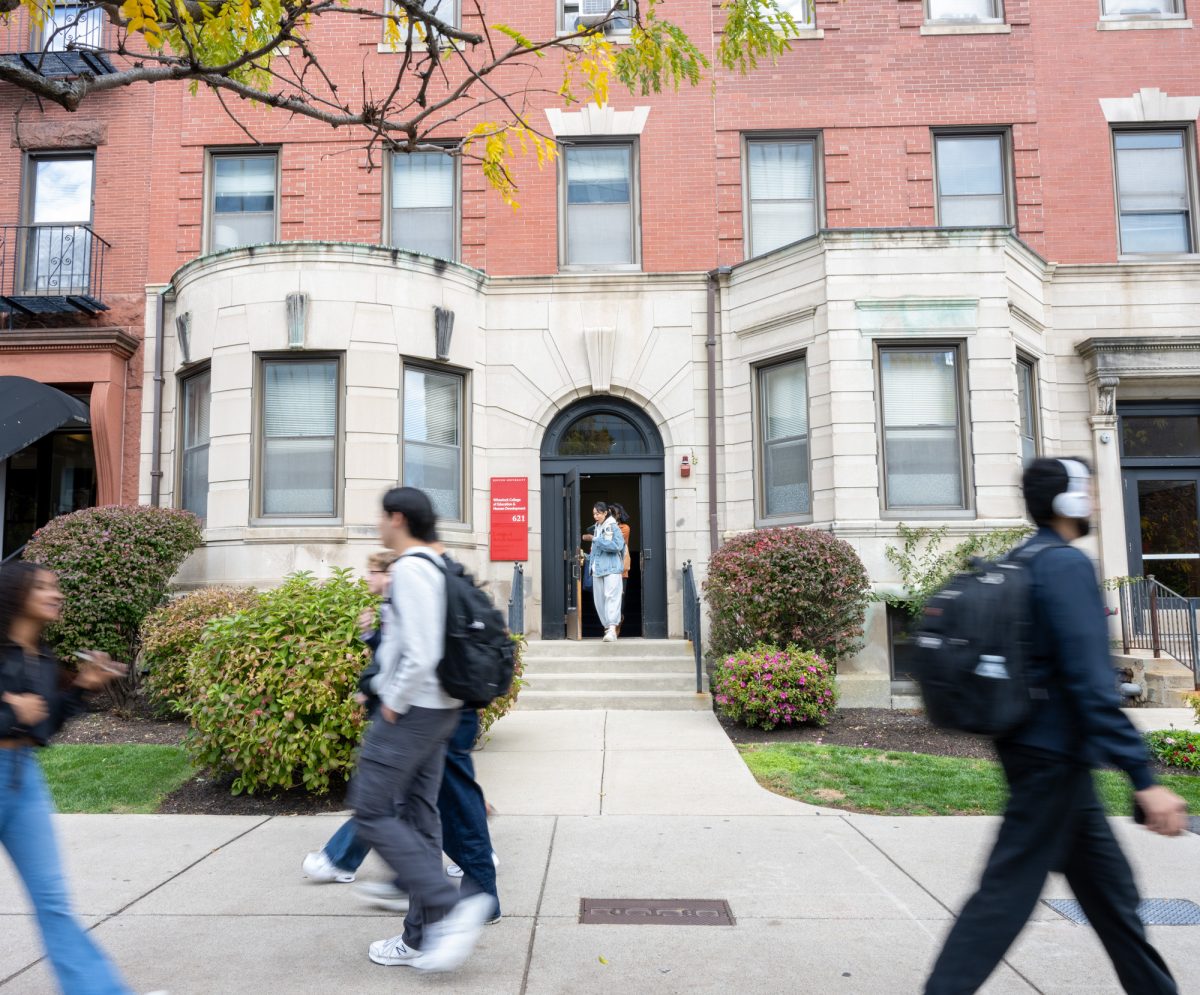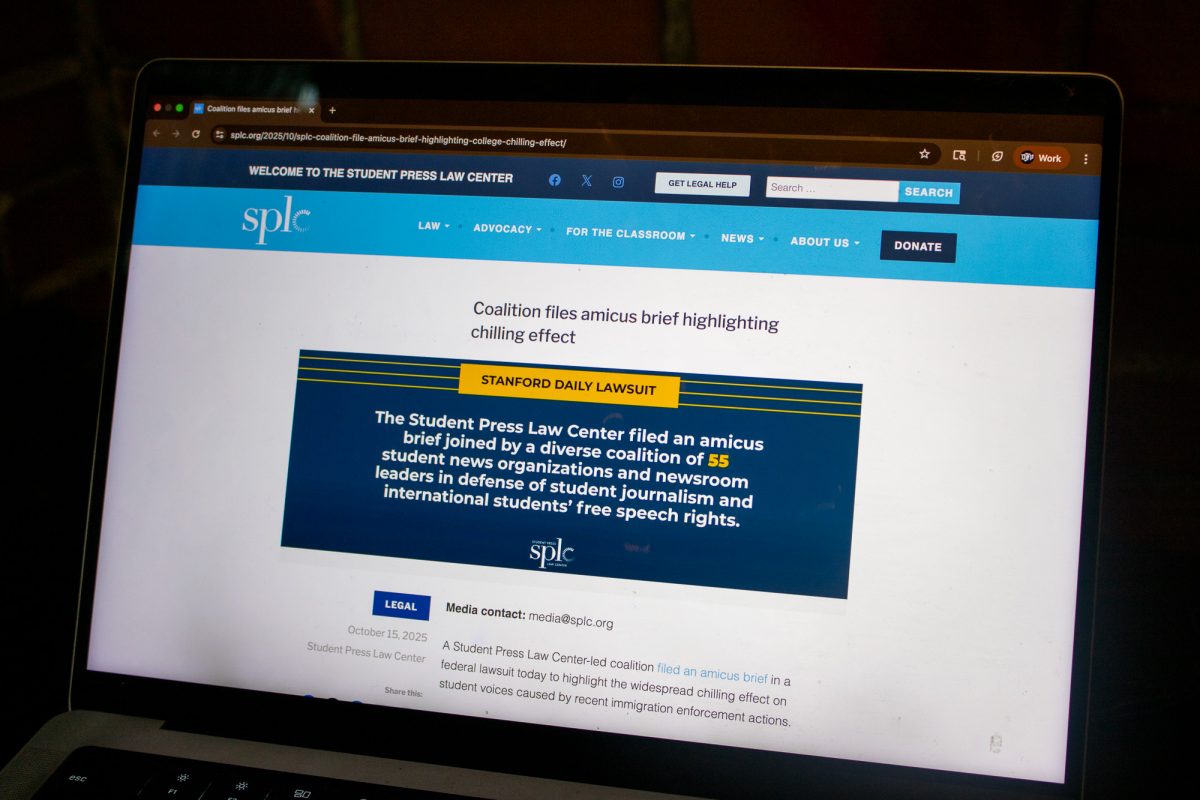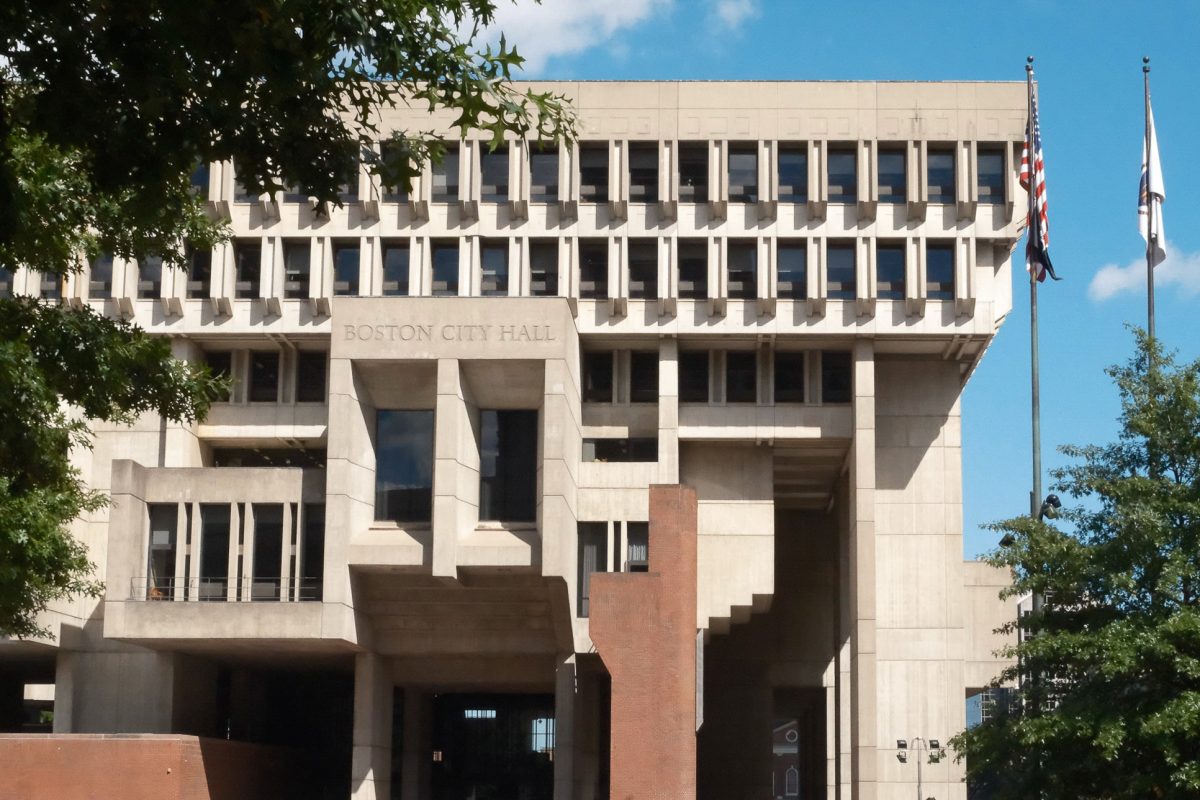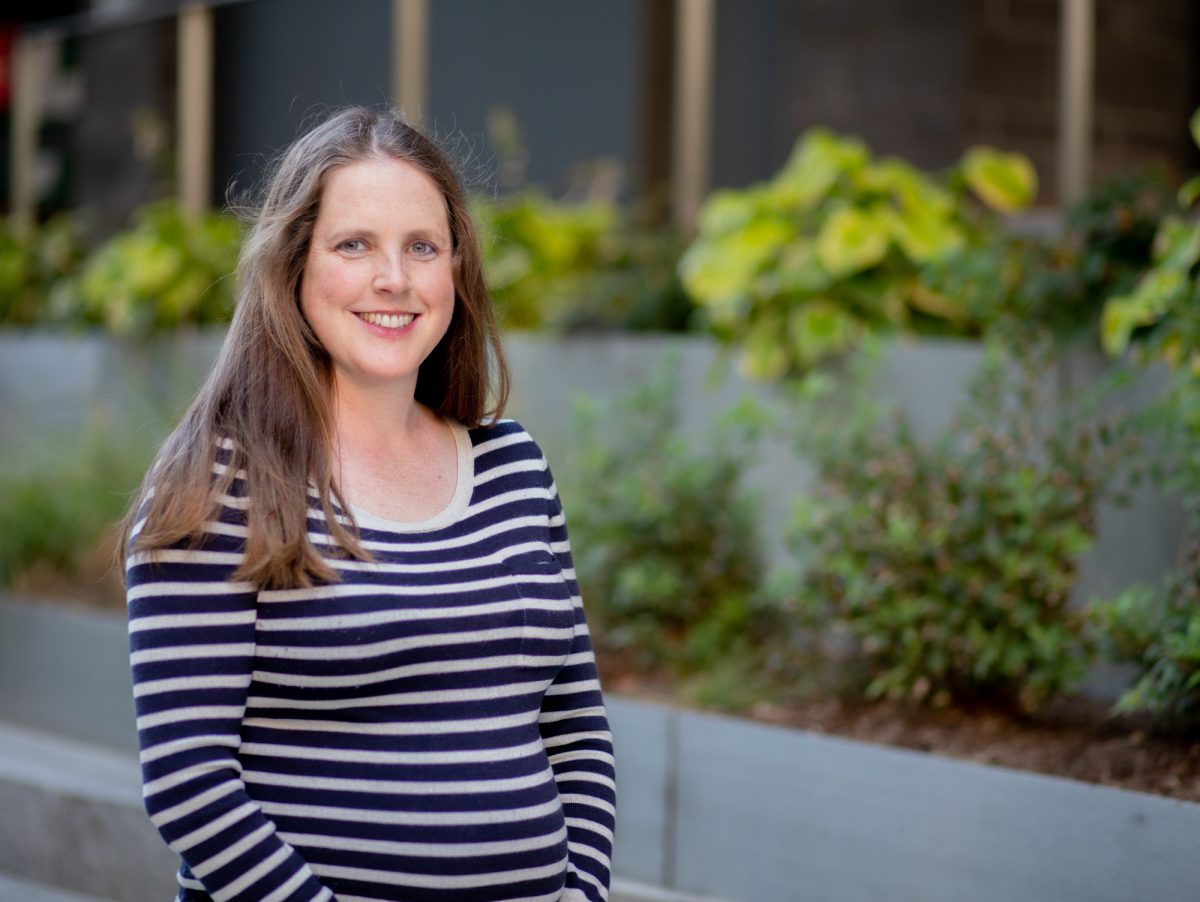I would like to respond to Wednesday’s article, “Dean: SED not in competition.” While I recognize that education students may be wary of Teach for America due to the increasing competition they themselves face, many of the remarks presented in the article are unfounded. As someone who has researched and personally considered joining the program after graduation, I would like to clarify some points.
Dean Douglas Sears said, “For a profession like teaching, you have to be personally motivated, not extrinsically, but intrinsically.” Echoing this, Mary McNall said, “If they’re looking for extrinsic rewards from teaching, they’re going to realize it’s not worth it.” Apparently, the goal of Teach for America has been misunderstood. Graduates do not join because of extrinsic rewards; rather, they are willing to spend at least two years in the program because they “want to change things,” as the organization proudly proclaims. Their goal is to help provide children in low-income communities with the educational opportunities they would not normally receive. Mary Donahue stated that some graduates “go into it without knowing what it’s all about.” Teach for America does not hide that fact that it specifically targets urban and rural schools most in need. Therefore, every applicant knows he or she will be working in communities with few technological resources, low-income housing, a lack of family support and poor social services. They apply precisely because they are aware of “what it’s all about.”
Contrary to McNall’s statement that the program only provides $20,000 a year (although I’m sure many participants would still join, even if that were the only compensation), members receive full teacher salaries respective to their location, which can be as much as $40,000. They are given full benefits, loans and educational reimbursement.
McNall also stated, “It’s unfair, because they’re only doing it [training] for the summer.” Once again, this information is incorrect. Most members are required to enroll in master’s-level education courses while they are teaching, in order to receive certification.
Teach for America is not the only program trying to make a difference for schools in need. At BU’s Career Fair last October, both the New York City and Philadelphia Boards of Education were recruiting for similar programs. They, too, are seeking non-education majors to teach in their districts and are willing to fully fund enrollment in graduate degree programs because of the lack of high-quality teachers entering their systems. This is not a rejection of education majors, but a result of the simple economic fact that demand is not being met.
Teach for America is not perfect. No program is. But I must disagree with McNall’s statement that it is only a “temporary solution to a huge problem.” Teach for America is trying to improve under-performing schools that too many children are victims of — and it is succeeding. Yes, the state of education is a “huge problem” today in the United States. But Teach for America and all its participants should be commended for taking a step toward fixing it.

















































































































